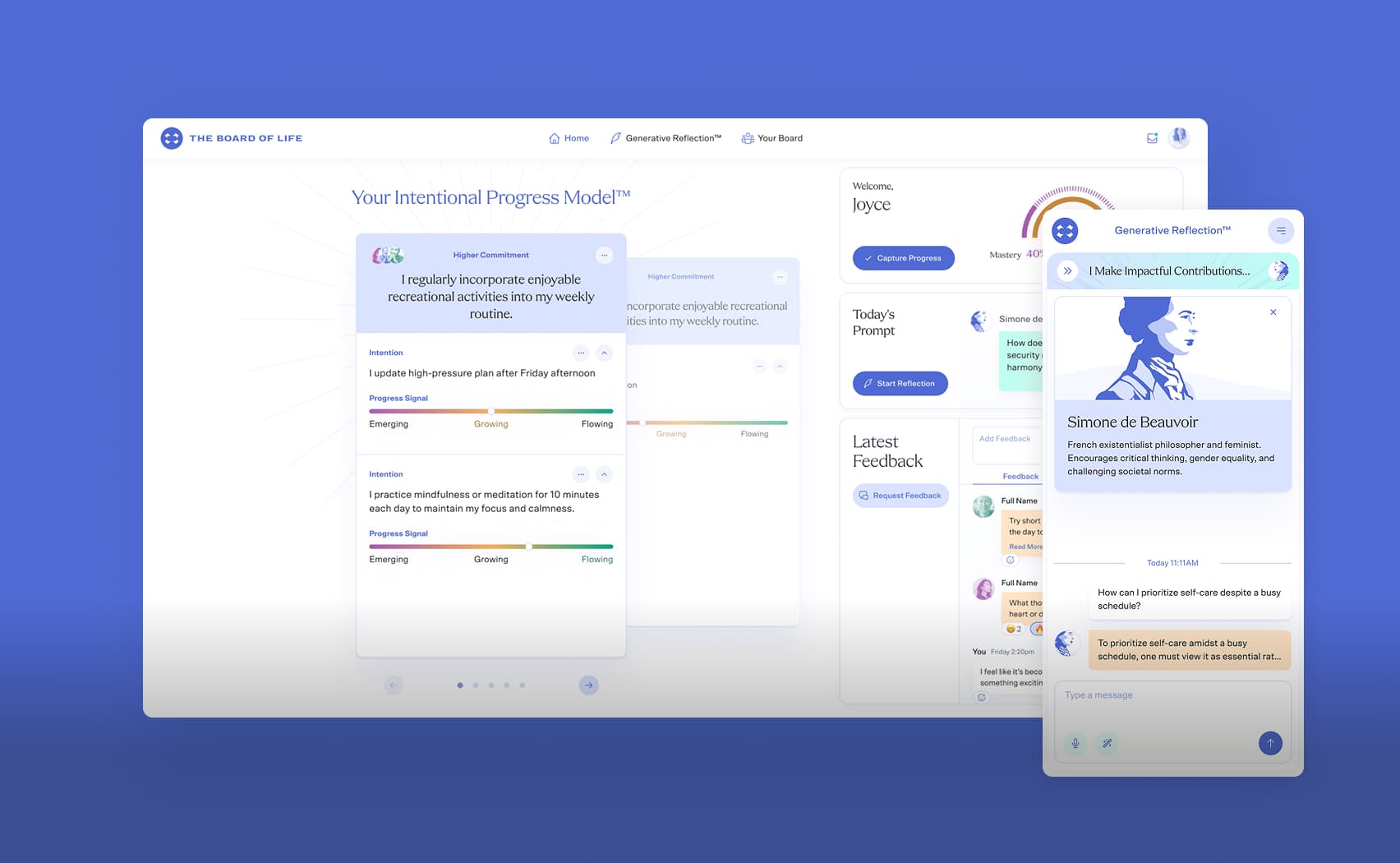The Road Ahead: Exploring the Future of IT Outsourcing
In light of this, the role that third-party development teams play in allowing organizations to leverage the skills of a dedicated team in a way that addresses the gaps and challenges they face internally continues to grow in importance.
Still, widespread budget cuts and pervasive global uncertainty are forcing organizations to reimagine their IT outsourcing strategies.
With all of this in mind, the team at JetRockets, a leading software development agency for disruptive organizations, commissioned a study to more than 400 U.S.- based IT leaders in CIO and CTO roles to analyze their views on IT outsourcing and how they plan to leverage third-party vendors in the year ahead in order to keep their organizations on a path towards success.
Outsourcing is Increasing in Importance
In our recent 2023 IT & Development Outlook, we found that the vast majority of tech leaders said that their team's productivity had not returned to pre-pandemic levels and that the global shortage of talent had impacted them significantly. And a few months later it looks like things haven't changed much, with ~80% of tech leaders reporting that they are still looking to fill in-house developer roles.
It appears, however, that there are three areas in particular where they’re struggling to find talent or resources in-house and are therefore outsourcing these areas more than others. When we asked our tech leader respondents for the top three areas they plan to outsource this year, web development and maintenance (33%), infosecurity (30%), and data center operations (30%) came in the top three.
The fact today’s tech leaders picked web development as the number one function they plan to outsource is entirely unsurprising. While the talent shortage in IT has owned much of the industry’s mindshare, there’s been a distinct focus on the lack of web developers. IDC predicts a shortfall of four million developers by 2025, while the U.S. Bureau of Labor Statistics shows almost 200,000 developer jobs will need filling each year through the end of the decade. Unfortunately, this shortage has come during DevOps’ surgance, which has pushed the need for more web developers to deliver collaborative technologies.
Similarly, effective infosec and streamlined data center operations have skyrocketed in importance these last few years. As organizations scale their digital transformation plans, they’re having to significantly tighten their data security protocols. This is due in large part to the meteoric rise in the number of cybercriminals attempting to infiltrate businesses through their digital fronts. Meanwhile, as the global digital economy takes shape, companies are hiring more third-party data centers to manage expenses and leverage advancements in compute, storage, and connectivity.
With all of this in mind, perhaps it’s not surprising that 35% say that outsourcing will play a significant role in allowing them to fulfill their role and responsibilities in 2023.
War & Other Global Factors Disrupt Outsourcing Strategy
The fact that many IT leaders are feeling the need to scale their outsourcing strategies isn’t a surprise. With an unpredictable economy diluting budgets and creating shifts in the labor market, IT vendors are becoming an increasingly important part of an organization's path toward success.
However, several global factors such as the war in Ukraine and political tensions around the globe, namely in India, China, and Russia may throw a wrench in IT leaders’ plans. This is because over half (51%) of U.S. businesses today outsource IT to other countries exclusively, including nearly a quarter (24%) who outsource offshore (in a distant country). In fact, just 27% outsource exclusively onshore, and 22% use a combination of both.
Furthermore, 67% say their IT outsourcing strategy has already been at least somewhat impacted by the war in Ukraine, with 36% admitting that it has been “significantly” impacted. This means that at a time when there’s a growing need to outsource amongst IT leaders, they’re also experiencing a decrease in access to some of their top outsourcing locations.
Again, this is likely evidence of the effect that global tensions are having on U.S. businesses’ outsourcing strategies. It’s also perhaps our first sign that American organizations are beginning to look more at domestic vendors after years of them predominantly outsourcing overseas. In fact, when you look at the global IT outsourcing market, the bulk of the money has been historically concentrated in regions like China, India, Eastern Europe, and South America. Something that’s certainly caught the attention of U.S. politicians, some of whom are attempting to pass legislation that would end tax incentives for multinational corporations that “ship jobs overseas”.
When you pair potentially shifting tax breaks with the fact that the countries businesses typically outsource to are in the midst of a war like Ukraine and Russia, it’s unsurprising that many American companies are finding more value in outsourcing to regions where they can enjoy greater continuity with partners in the same time zone. Something that’s, of course, good news for the U.S.-based IT vendors that could benefit.
No doubt, there’s still a substantial proportion of U.S. tech leaders finding greater rewards by outsourcing overseas. But we are seeing a shift taking place in the amount of value that domestic IT vendors provide. It seems the strategy is going from outsourcing for cheap to finding an onshore/nearshore vendor that acts as more of an extension of their team – filling a vital role in light of ongoing staffing shortages.
Shifting from a Cost-Driven Model to a Quality-Driven Model
While costs will always be a factor, especially in light of the economic pressures at hand, the fact is that organizations need to focus on other things when it comes to finding the right outsourcing partner. And as we mentioned above, the focus for many organizations today seems to be finding a partner that works as an extension of their existing team, versus hiring a vendor that can deliver the goods for cheap.
In fact, when we asked our tech leader respondents what they value the most in an outsourcing partner, respondents chose 1) business acumen, 2) security, and 3) quality as their top three factors. This was followed by continuity at number four and, interestingly, cost at number five.
It is true that this may mean that organizations have to pay more for this level of service, but it’s still more cost effective than finding and upskilling in-houseroles. And at the end of the day, solely focusing on finding the cheapest alternative will only harm organizations.
What does this all mean?
IT outsourcing has always been a means for tech leaders and their organizations to access a larger talent pool, fill positions quickly and cost-effectively, and save money on labor costs. But in light of persistent and unforeseen challenges, this strategy is shifting from a cost-driven model to a partnership-driven model. A model that will enable organizations to drive at their digital transformation goals despite the many challenges they face, while allowing vendors to form longer lasting and more fruitful relationships with their clients.



